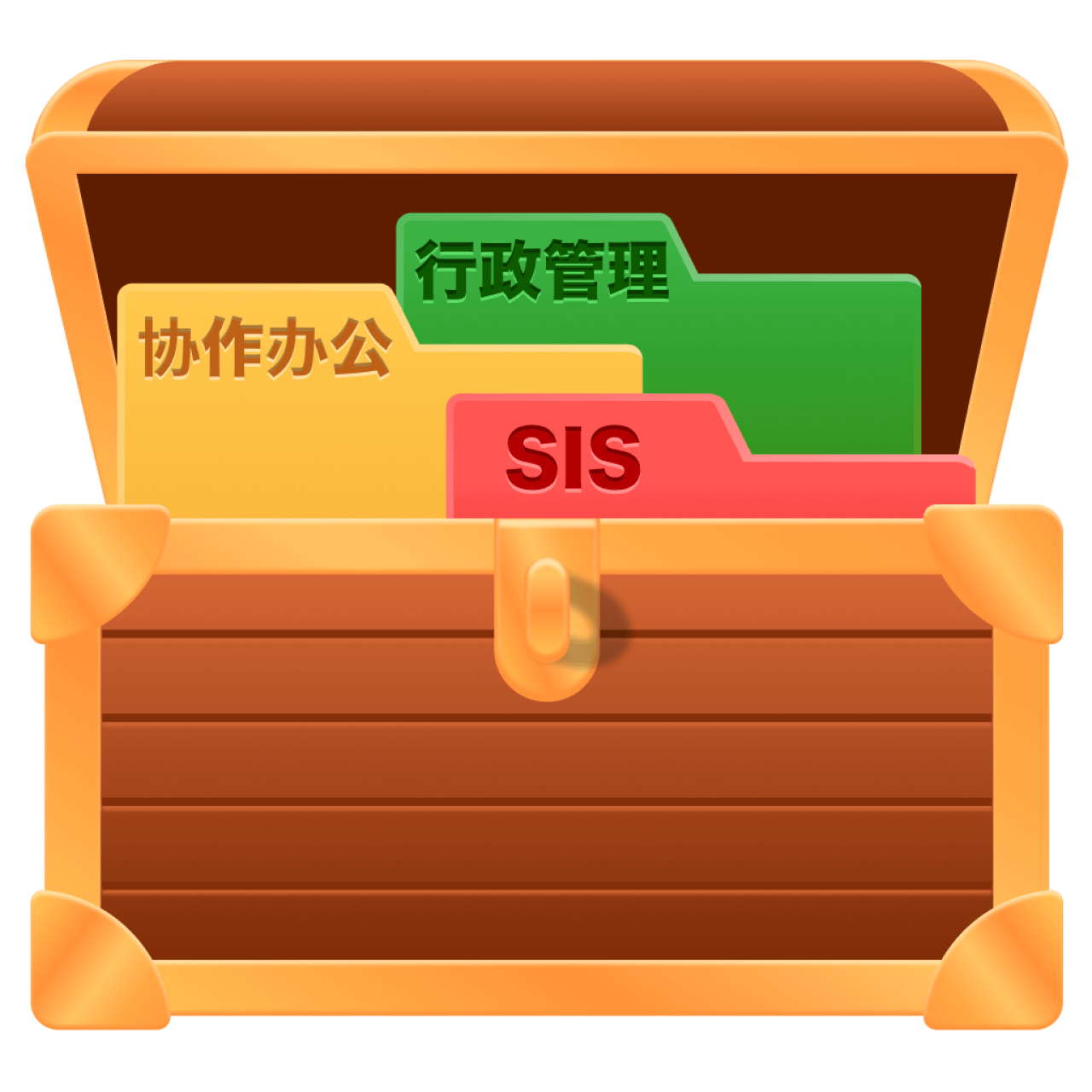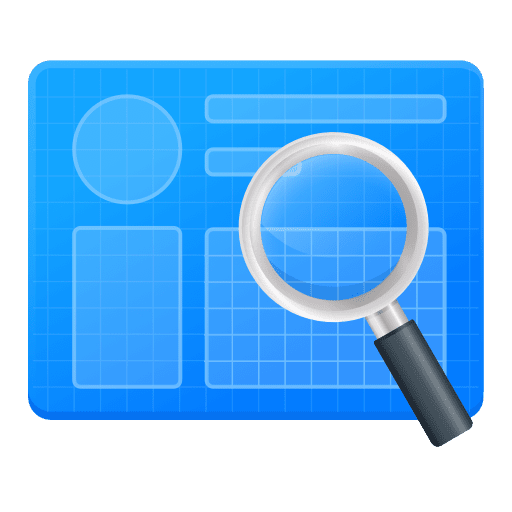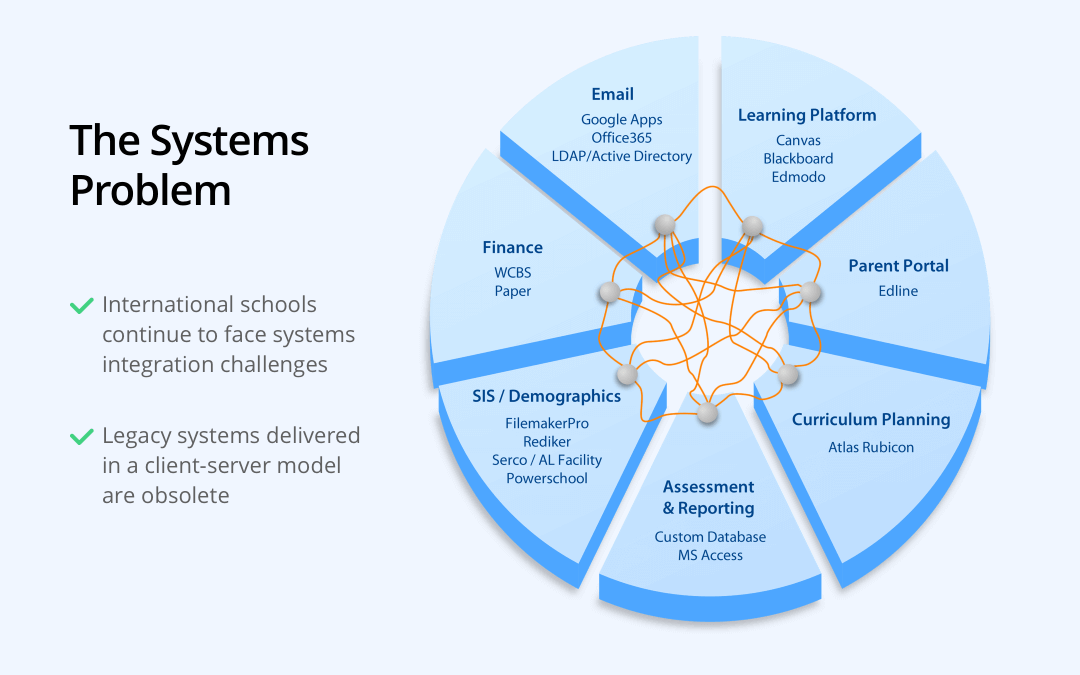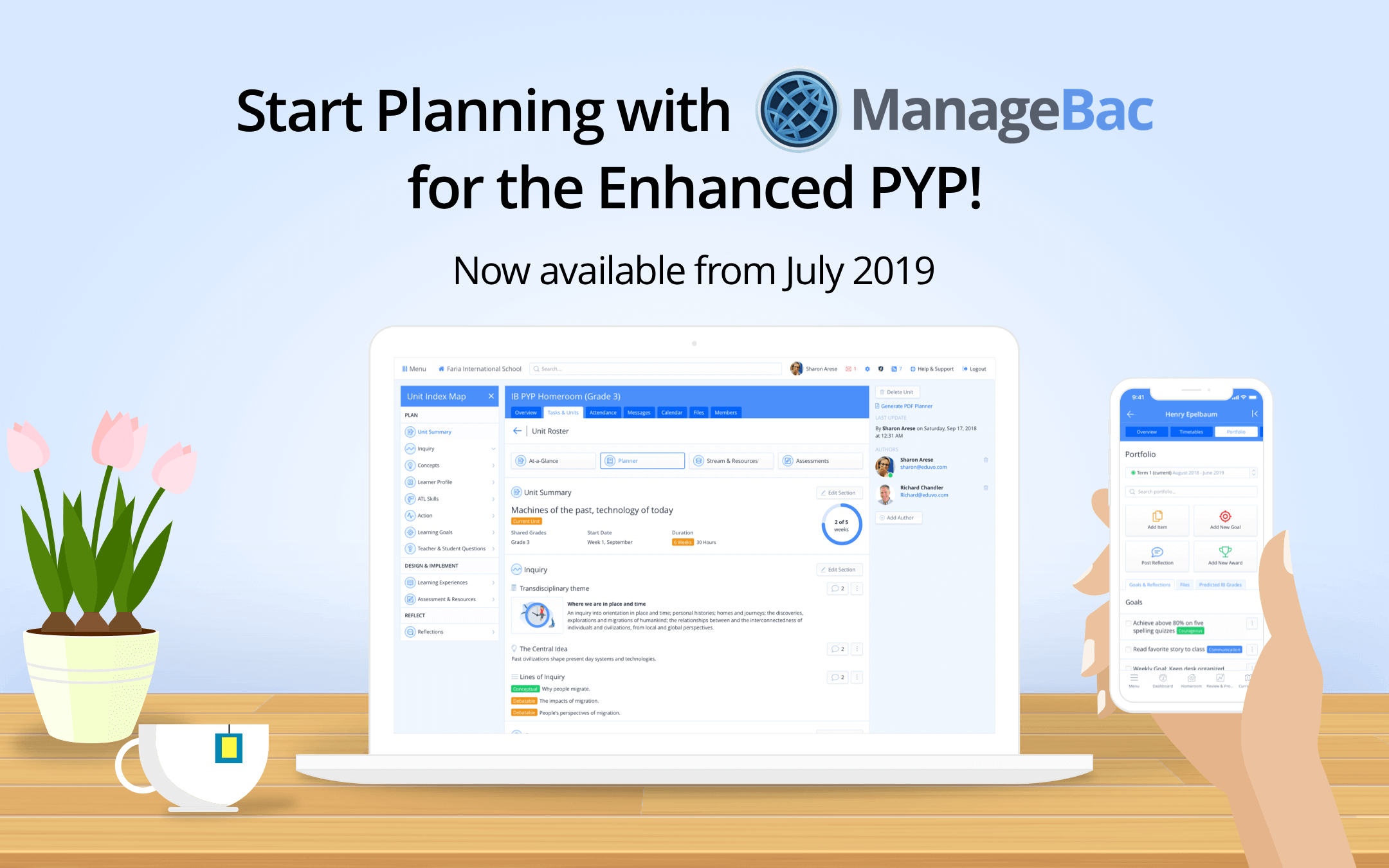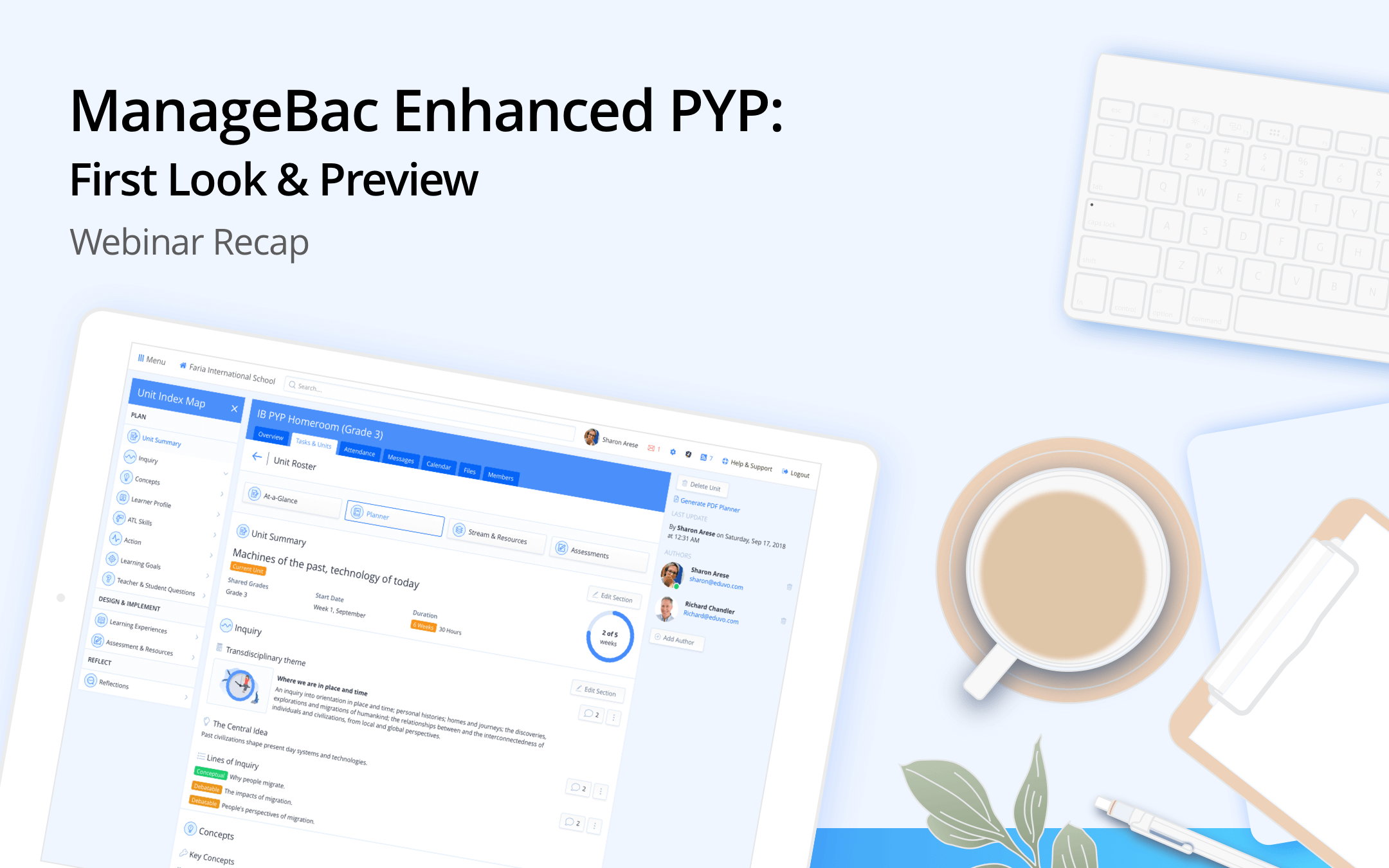Last weekend over coffee, we were reading the IB’s new standards and practices, which were published in January 2011. This document lists out the requirements that schools work towards during implementation and day-to-day management.
We have a habit of reading things backwards, and in the glossary, one of the definitions caught our eye.
Pedagogical leadership: The effective management of resources, systems or structures to ensure that teaching and learning at the school addresses the overarching mission of the school and the IB programme standards; or those responsible for its management.
This definition makes sense, and it is very clear that pedagogical leadership requires effective management; however, the implicit assumption is that there are resources, systems and structures in place with which to manage.
This assumption may seem like a given. After all you can’t lead a school without a building (e.g. structures), without properly trained staff & faculty, and without resources (e.g. textbooks, instructional materials, etc.).
But what about systems?
Systems can mean many things to many people, but moving backwards through the document, there are over two dozen references to system(s) across the IB Continuum. Here’s an example:
Standard C4: Assessment.
5. The school has systems for recording student progress aligned with the assessment philosophy of the programme(s).
6. The school has systems for reporting student progress aligned with the assessment philosophy of the programme(s).
7. The school analyses assessment data to inform teaching and learning.
To summarize standards & practices (B1, B2, C4), systems provide a way to assess, report & analyze student progress, to communicate IB requirements to the school community, and to improve collaboration among staff & faculty.
It seems straightforward enough, but in practice this is a complex problem. If one of your colleagues is working weekends to get report cards out on time, to manually convert MYP grades into local grades, to enter in exam registrations on IBIS, to manually copy & paste units onto a curriculum map, you know exactly what we mean.
The root of the problem is the absence of a single integrated system that does everything required in the IB’s standards & practices.
Requirements are being met with a bundle of systems that individually serve a well-defined purpose (e.g. ATLAS Rubicon for curriculum mapping, Edline for the parent portal, Blackboard/Moodle for posting homework, FilemakerPro/Rediker/Powerschool for your student information system).
Manual data entry (e.g. somebody’s weekends) and temporary solutions are used to tie the systems together to make things happen. In most cases, the level of integration is close to zero, so assessment data does not talk to the unit plans in the curriculum, even though logically, a teacher would want to know how to improve a unit plan based on the assessment data.
So why hasn’t an integrated system been built?
- Geographic fragmentation: IB schools are widely distributed.
- Curriculum variance: the vast majority of IB schools offer different programs (e.g. IGCSE, AP, etc.) with a diverse numbers of students (e.g. 20 to 3,000).
- Complexity: the rules change every 5 years with a new curriculum review.
- General apathy: it’s not my problem… I deal with (insert subject or work).
So you can see that the true pedagogical leaders have not just been managing systems and acquiescing to the status quo, they have been participating in the design and construction of a new system.
We know this because we have had the pleasure of working with many of these fine individuals (IB Coordinators, Teachers & Principals), whose suggestions and insights have guided the development of ManageBac.








